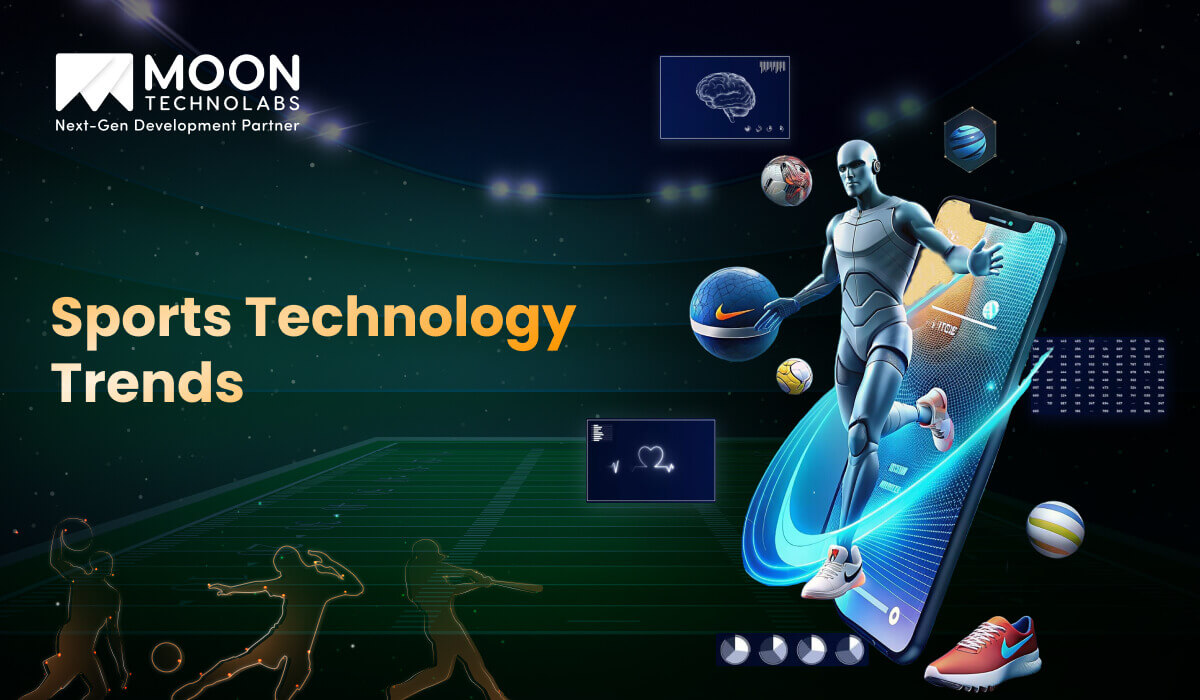From the courts of the NBA to the pitches of the Premier League, victories are increasingly engineered in front of dashboards rather than just on the field. Sports analytics tools have moved from Excel sheets to real-time, AI-driven ecosystems that quantify every heartbeat, rotation, and tactical nuance. Below are seven platforms redefining how coaches, performance directors, and analysts turn data into trophies.
1. Second Spectrum
Camera-vision algorithms map player coordinates 25 times per second, generating “quantified shot quality” that tells coaches not just where a shot was taken, but how open the shooter was, how fast the ball moved, and the probability of a bucket. Franchises using Second Spectrum have lifted offensive efficiency by an average of 3.4 points per 100 possessions.
2. Catapult Vector
The 10-Hz GPS pod weighs only 38 g yet captures 1,000 data points per second on speed, acceleration, and joint load. Machine-learning models predict hamstring strain 48 hours before symptoms emerge, saving clubs an estimated $400 k per prevented injury.
3. Hudl Sportscode
Used by 18 of the last 20 FIFA World Cup teams, its scripting language lets analysts weave together event tags, athlete tracking, and physiological feeds into one timeline. A single keystroke generates 4K interactive clips that players watch on encrypted iPads before the coach finishes talking.
4. STATS Perform Edge
Natural-language processing mines 40 years of play-by-play text to find situational tendencies—like how often an opponent counters after a lost duel in the left half-space. Coaches receive a 90-second audio briefing, voiced by a cloned replica of their own voice, ensuring the locker room actually listens.
5. Zelus Analytics

Founded by former Baseball Prospectus writers, Zelus blends tracking data with college statistics to forecast career WAR for draft prospects. Basketball versions grade pick-and-roll defense, helping NBA executives avoid $50 million mistakes on supposedly “switchable” bigs.
6. Orreco NURVV
Biomarker dashboards sync with GPS to answer why an athlete slept eight hours yet still shows elevated creatine-kinase. The system recommends individualized micro-cycles: a 22-minute cryo session, 9 g of omega-3s, and a 20-second isometric squat protocol that drops inflammation markers by 18 %.
7. Beyond Sports VR
After practice, players strap on headsets to replay the last session in immersive 3-D. Midfielders can “stand” in their own blind spots, experiencing exactly where pressing triggers appear. Studies show decision-making speed improves 12 % after four VR micro-doses of 90 seconds each.
Implementation Playbook
Step 1: Audit your current data pipeline; most organizations lose 30 % of collected information to incompatible file formats.
Step 2: Pick one performance and one tactical tool; integrating more than two at launch triples onboarding time.
Step 3: Establish a “data council” with coaches, sports scientists, and an ethics officer to keep models transparent and compliant with tightening data-privacy laws.
Step 4: Reward adherence—small wins like an extra rest day when Catapult flags a red zone—so athletes trust the algorithms.
Bottom Line
The arms race in sport is no longer about who spends the most on star players, but who best translates terabytes into milliseconds of advantage. Adopt these seven sports analytics tools, and you stop guessing—and start engineering—outcomes.






































